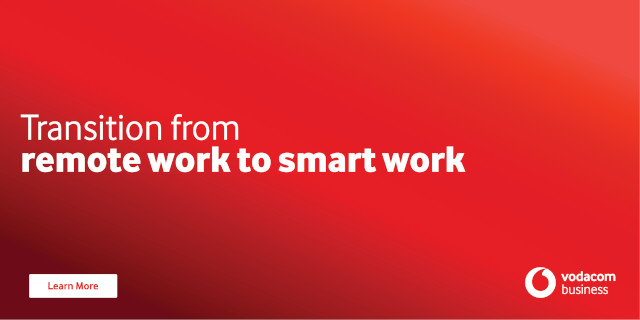Business News sponsored by Vodacom Transformation of Work:
By Morten Rohlfes, Director of Edge and Industrial at Red Hat GMBH
South Africa’s manufacturing sector is experiencing turbulence. Statistics show local manufacturing production increased by 0.7% year-on-year in December 2023, with the largest contribution made by petroleum, chemical, rubber and plastic products (5.3%). However, it was the slowest increase in a three-month period and was significantly lower than the expected 2.7% year-on-year increase. The sector also continues to be hampered by challenges, such as loadshedding, which contribute to uncertain market growth and stability.
With manufacturing playing an important role in national development, sector stakeholders and enterprises need to invest in strategies that not only take their businesses forward, but also lay the groundwork for industries to fully utilise emerging technologies. Everyone has heard the buzz around AI, but how much of that buzz is actionable? To what extent can AI, edge computing, and software enhance the manufacturing process?
4IR and software-defined manufacturing
While the fourth industrial revolution (4IR) is having a sizable impact on all industries, manufacturing is an interesting case owing to new, software-defined practices and automation. Successful implementations of 4IR technologies see the traditional manufacturing space transformed with increased visibility of processes, automated and data-centric operations, and the flexibility to respond to market trends and sector competition.
This is important as South Africa risks falling behind its global competitors who are adopting these technologies and evolving their workforces to accommodate them. To put it bluntly, our sector cannot afford to disregard innovation that can potentially reduce production costs, boost productivity, and facilitate the development of new products.
The result of this trend is software-defined manufacturing (SDM)[SS1] , where physical production hardware is decoupled from the associated control software. SDM enables enterprises to take their digitisation efforts a step further and build a more dynamic and flexible manufacturing environment that they can then adapt through the use of software.
Edge computing is an excellent example of this new relationship between hardware and software. Manufacturers deploy sensors and systems with advanced analytic capabilities at strategic points of their networks (i.e. factory floors) that allow them to capture data insights from the operating environment. These then help manufacturers improve performance and efficiency levels, as well as strengthen their strategic decision-making.
The buzz around AI
Contrary to popular science fiction, the factory floor of the future is not one occupied by automatons that have replaced entire human workforces. Today, manufacturers’ use of AI is one where the technology works in tandem with human hands and manifests in the form of software, made possible through a secure and scalable edge infrastructure.
There are several ways AI can be implemented on a factory floor but the ones most relevant to the sector include:
- Robotic process automation (RPA): Capable of handling high-volume, routine-based tasks, RPA software can be used to automate functions, such as data recording and transfers, system orders and queries, and server troubleshooting and downtime management. With RPA deployments, manufacturers unlock immediate benefits, such as saving time and labour.
- Predictive maintenance: Manufacturers typically require equipment that is expensive to purchase, run, and maintain. Using predictive maintenance solutions powered by both AI and EDGE computing technologies, manufacturers can anticipate their equipment’s servicing and lifecycle needs and avoid unnecessary downtime and costly breakages.
- Inventory and supply chain management: The manufacturing process can involve a lot of moving parts (i.e. suppliers, product components, etc). AI and EDGE can help enterprises oversee their supply chain and inventory by monitoring stock levels and identifying potential shortages and bottlenecks.
These implementations and others are dependent on manufacturers adopting a consistent platform approach, allowing them to host multiple AI-based functions and manage them at scale.
Shifting sector priorities
Part of South Africa’s manufacturing sector’s strategy to modernise and stay competitive must be to merge their information technology (IT) infrastructures with their operating technology (OT) environments. The race is now on to shift towards edge-enabled, data-centric operations and do so in the quickest time possible.
This represents a significant shift in business strategy, but it is one that has the potential to pay huge dividends. By focusing more on these emerging technologies and working with trusted vendors, the sector can realign itself and embody what it means to be an industry and have an output that’s ‘built by software’.






